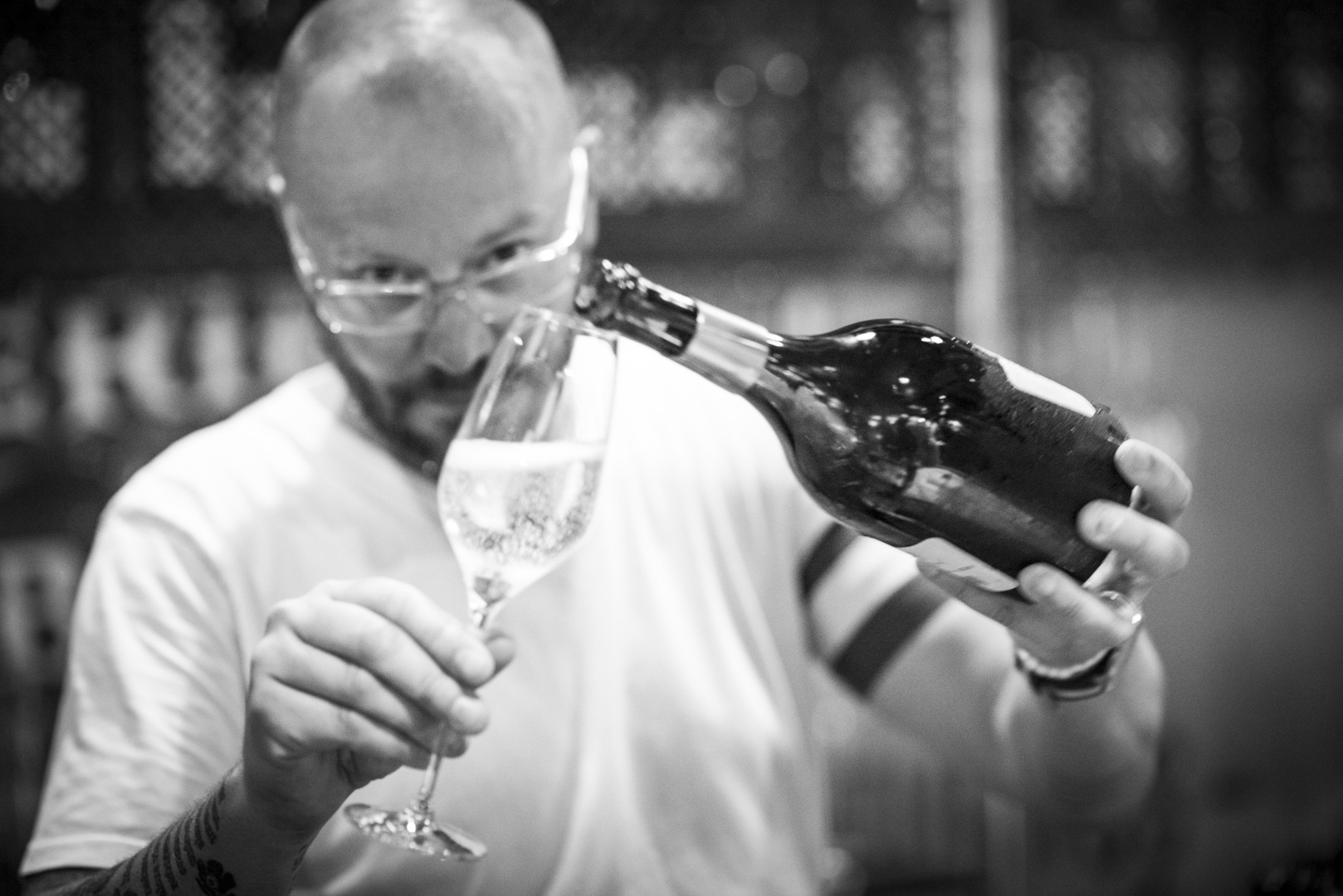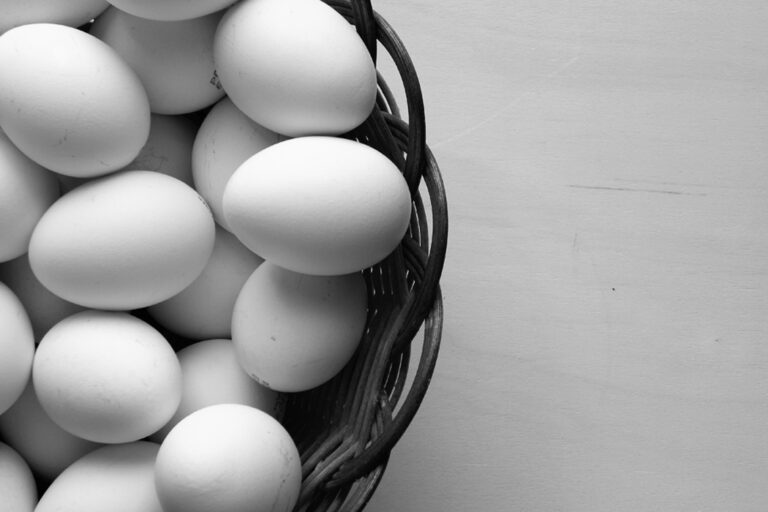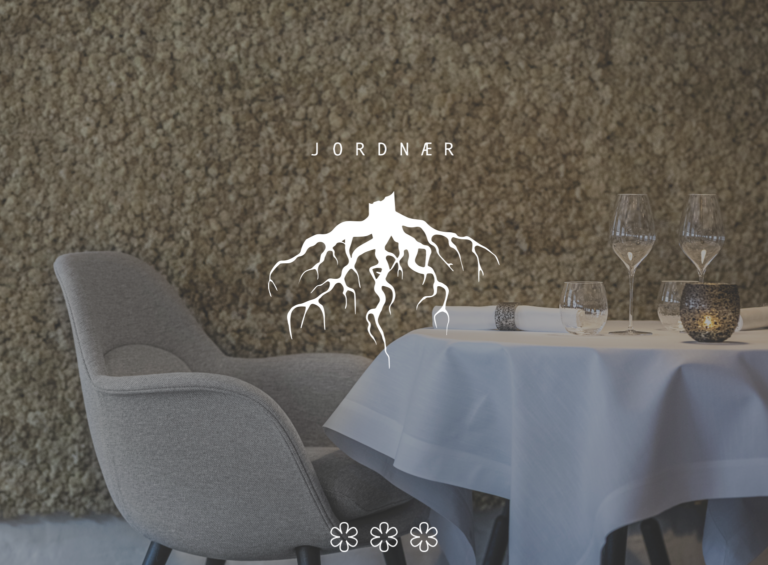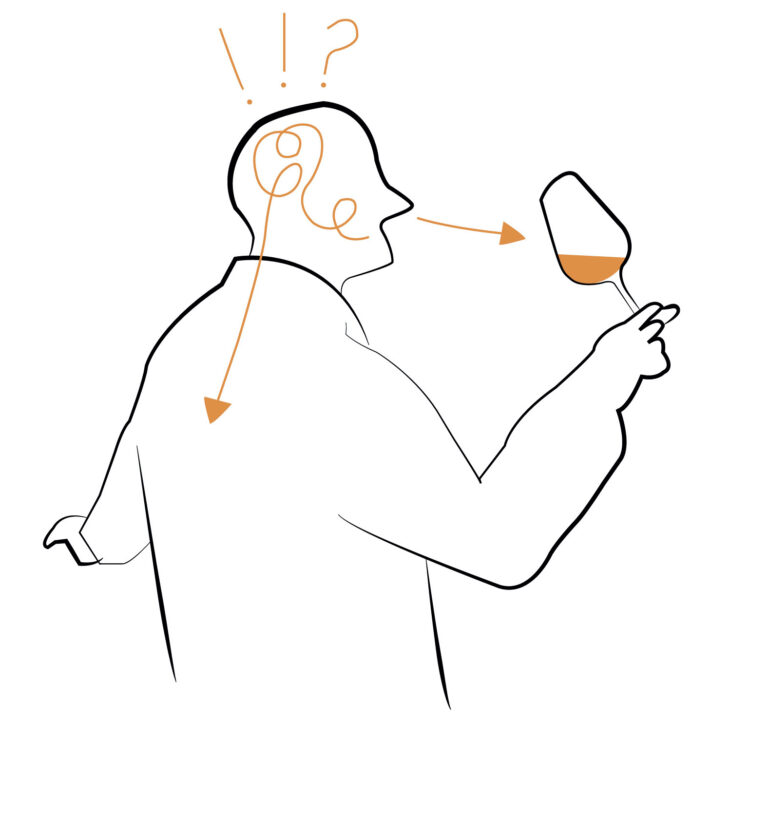Is it not strange that champagne is so associated with desserts? Haven’t we all seen the combo Champagne & chocolate dipped strawberries before Valentine’s Day or how many scenes have we not seen in Hollywood productions when the perfect date is to be staged and what comes up? Yep, Champagne & chocolate dipped strawberries …
Estimated reading time: 5 minutes

GASTRONOMIC BEHAVIOR
Why do we see this repetitive dubious gastronomic behavior? There must be a lot of relevance in this as it appears all the time. I am convinced that people are so in love up to their ears that it does not reflect what is happening in the oral cavity. With that said, the synapses’ connections to the experience center in the brain do not seem to work properly.
COMBINE DESSERT & CHAMPAGNE
When it comes to combining food and wine, the rule has long been that the heavier and stronger the dish, the heavier and fuller the wine should be, and vice versa. However you choose to compose your meal, it is important to think about the balance between food and drink. It can be achieved by the wine adding something that the food lacks, or by choosing a wine with similar aromas that are already in the food.
SENOSRY Then the wine nerd in me must explain the phenomenon purely out of the sensory perspective.
SWEETNESS
None of the basic flavors are experienced as differently by different individuals as sweetness, serve a semi-dry wine to a group of people and the reviews will vary from sticky to quite dry and healthy. How does sweetness & champagne work then?
- Sweetness in the food reduces the experience of sweetness in the champagne (adaptation).
- This means that a wine that on its own can be experienced as well sweet can work perfectly together with e.g. a sweet dessert.
- Sweetness also makes the champagne appear more sour and increases our experience of bitterness and astringence.
- Note that this reaction is reciprocal – the sweet dessert is perceived as less sweet together with a sweet wine.
- It is striking to see how dry, elegant and balanced a really sweet champagne can be perceived when combined with a sweet dessert. It therefore takes a substantial portion of sweetness in the wine to meet the sweetness of the food.
- Another real observation is that a acidic wine should be met with a certain acidity in the food. Which to some extent is found in Swedish strawberries versus strawberries grown in a warmer climate.
ACIDITY
Acidity is the sweet taste of the sweetener and the two are often balanced in food as well as in certain wines. It is precisely the balance between sweetness and acidity that determines how we experience the taste, e.g. For example, the German Riesling wine that we experience as relatively sweet may have a significantly higher acidity than the Muscadet that we experience as dry and sour.
- Food with pronounced acidity reduces our experience of acidity in the wine and makes it taste softer and fuller.
- Acid in the food enhances the experience of sweetness in the wine.
The consequence of this is of course a death sentence of the old myth that acid in the food destroys the taste of the wine – all classic gastronomic literature claims e.g. that vinegar in a salad dressing effectively destroys the wine that might be served with it. What really happens is that the wine tastes softer, rounder and fuller – if you dislike that effect, you should of course avoid the combination, but if you think that this effect is pleasant, there is absolutely no reason to give up. If you want to be provocative, you can even say that if you think the wine is too light and sour, just drip a little lemon on the food and the taste experience changes in the desired direction.
BITTERNESS
Bitterness in developed form is a strongly negative taste experience for most of us and has an important signal function – many toxic substances are bitter and we should avoid them. That some of us appreciate a certain bitterness, e.g. in orange or tonic is largely an ‘aquired taste’, a small child definitely does not.Bittra smaker reagerar på ett helt annat sätt än syra och sötma – här är det frågan om sensibilisering.
- Bitterness in the food increases the sensitivity to bitterness in the wine.
- Salt and / or acid alleviates the experience of bitterness.
- Sweetness and umami instead enhance the effect.
- Astringence reacts in basically the same way as bitterness in taste.
GASTRONOMIC REASONING
Does this mean that it is wrong to serve dry champagne for a sweet dessert that is common in more formal contexts in France? Of course not, it’s a matter of personal preference. What you can definitely say is that the dessert makes the champagne taste even drier, lighter and snipier and that the champagne makes the dessert appear heavier and sweeter – if you like this, the combination is brilliant, if you like it it is not less good. To go back to the chocolate-dipped strawberries. However, an international top sommelier we know describes the combo as ‘a gastronomic freak’. Slightly harsh it may seem but there is a lot in it.Nä, mitt tips är att skippa följande combos till de rara bubblorna;
- champagne & dessert
- champagne & pastry & cakes
- champagne & mango
- champagne & ice cream
- champagne & mousse
Now you know why you should remove the chocolate truffle for the champagne, which unfortunately some French people do not. If, against all reason, you insist on drinking champagne for dessert, it is better to choose a sweet champagne. Sugar is the worst enemy of dry champagne. Dry champagne tastes infallibly sour for desserts. A dinner often ends with dessert or something sweet. There is of course sweet champagne that could match a dessert, but according to Richard Juhlin, these are of crazy too low level. Our tip is instead to eat the dessert & drink another sweet wine in addition. Then drink champagne solitaire & you will achieve a higher pleasure.





